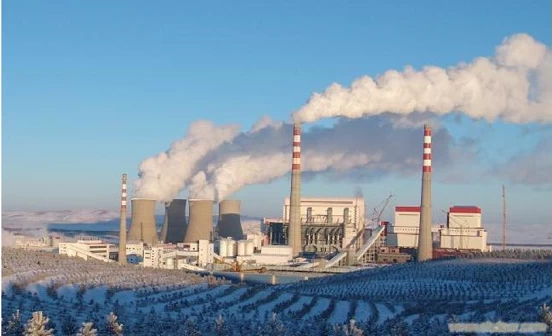Boiler Terminology Explanation (Part 17)
Boiler Terminology Explanation (Part 17)
161.PM burners (Pollution Minimum) divide the primary air into a rich combustion zone and a lean combustion zone to control NOx generation. The secondary air of the double-adjustable burners enters the furnace in two stages in a swirling manner, which can control the mixing of pulverized coal and air, delay the combustion process, reduce combustion intensity and the maximum flame temperature, thereby controlling the formation of NOx. Many China pressure seal gate valve suppliers also emphasize such advanced combustion technologies when supporting boiler systems to ensure both safety and environmental performance.
162.Flame ignitor is a device that uses electrical energy to ignite the main flame. It consists of an electric igniter, ignition oil gun, retractable device, and boosting power supply. A boiler is usually equipped with several oil ignition devices, each with its own igniter.
163.Control for boiler light-off system manages the sequential control process from ignition to the combustion of fuel sprayed by the main burner when the boiler starts. This ignition system is used to ignite the boiler's coal or oil burners (when oil is used as fuel). It consists of igniters, ignition transformers, igniter oil valves, igniter purging valves, air dampers, and flame detectors.
164.In an oil burner, the oil is atomized into droplets by the oil nozzle and sprayed into the furnace, forming a cone-shaped atomized flame (the cone angle is called the atomization angle), which mixes with air sent by the air damper and ignites for combustion. Good atomization quality and proper air distribution are fundamental conditions for effective oil combustion. Air distribution is regulated by the air damper with the following basic requirements:
① Air must be supplied from the root;
② Strong early-stage mixing;
③ A suitable recirculation zone;
④ Strong late-stage mixing.
165.Boiler accessories usually include safety devices, water level monitoring devices, soot blowers, and steam-water pipeline valves, which are indispensable auxiliary devices for the boiler body. They are closely related to the safe and economic operation of the boiler. Safety devices include safety valves, pressure gauges, water level indicators, and temperature measuring instruments.
166.Safety valve is an automatic pressure relief valve that suddenly pops open to fully release pressure when the static pressure of the medium on the inlet side exceeds its set pressure. It is an important safety accessory for boilers and other pressure vessels to prevent overpressure. To limit the loss of working medium discharge, it should automatically close when the pressure returns to normal or slightly lower levels. Safety valves include lever-weight type, spring type, and impulse type. The total discharge capacity of safety valves used on boilers is generally required to be equal to or greater than the boiler’s maximum evaporation capacity. Safety valves are installed on the boiler drum, superheater outlet, reheater outlet, and inlet headers or pipelines. The set pressure values of each safety valve on a boiler differ, and their actuation sequence varies, with the highest set pressure not exceeding 1.1 times the working pressure.
167.Safety valve adjustment ensures that when the boiler pressure reaches the safety valve's set value, the valve can automatically open to discharge excess medium, ensuring the boiler continues to operate at the rated pressure.
168.Water level indicators indicate and monitor the water level in the boiler drum, steam-water separators, and other containers. Each boiler drum should be equipped with at least two independent water level indicators. If the water level indicators are far from the operating floor, in addition to the local indicators, a low-positioned water level indicator should also be installed. Local water level indicators include glass plate type, glass tube type, mica sheet type, and bi-color type. They are installed on the boiler drum and allow direct observation of the drum water level. On large boilers, bi-color water level indicators are widely used, utilizing the different refractive indices of water and steam to light rays so that different colors appear on the water and steam sides after passing through a wedge-shaped body.
169.Transmitter is a device that converts sensed physical or chemical quantities into standardized signals that are convenient for measurement and transmission, according to specific rules. The sensing part is called a sensor; therefore, a transmitter is essentially a sensor that outputs a standard signal.
170.Ultrasonic inspection is a non-destructive testing technique that uses the acoustic characteristics of metal materials or components and their defects to influence the propagation of ultrasonic waves, thereby detecting internal defects in metals or components.

 +86 512 68781993
+86 512 68781993 


















